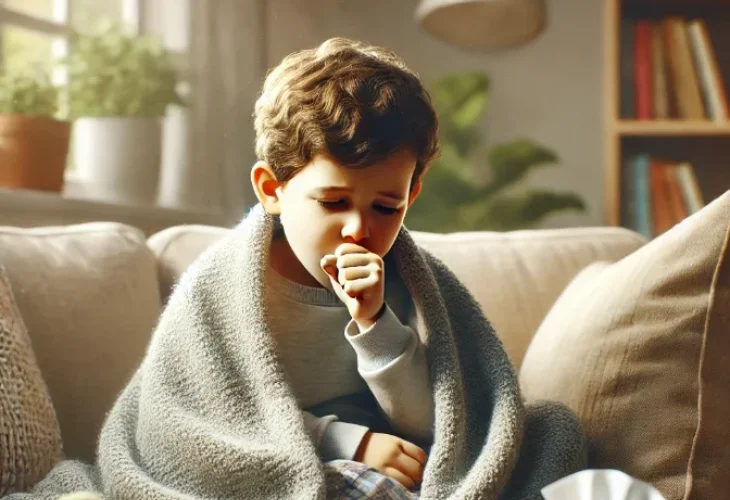How to Spot Asthma in Kids and Its Link to Persistent Coughing
Asthma in Children: Early Signs to Watch For, Its Connection to Persistent Cough, and Effective Management Tips

Asthma is a chronic respiratory disease that's common among children, though it can be tough to identify due to its varying symptoms.
A noticeable but often misleading symptom is a persistent cough.
Early detection can greatly aid in providing effective treatment and improving a child's quality of life. But how can you identify asthma early on?
Signs That Might Indicate Asthma:
Chronic Cough
The cough is usually dry and worsens at night or after physical activity. A prolonged cough that doesn't respond to standard treatment might be a sign of asthma.
Shortness of Breath
Children might complain of feeling breathless or have difficulty breathing, especially after running or playing.
Wheezing
A whistling or wheezing sound while breathing is a clear indicator of narrowed airways.
Fatigue
Unusual tiredness may result from difficulty breathing, particularly at night.
Reactions to Environmental Factors
Exposure to dust, pet fur, pollen, or cold weather can trigger asthma attacks.
The Connection Between Asthma and Coughing, and When to See a Doctor
Coughing is a protective reflex aimed at clearing mucus or irritants from the airways. In asthma, coughing occurs due to chronic inflammation of the airways that increases their sensitivity.
It can also occur independently of other symptoms like wheezing or shortness of breath.
When should you consult a doctor? If the cough lasts over two weeks and doesn't respond to usual treatments, if wheezing, shortness of breath, or unusual fatigue appear, or if symptoms worsen after exposure to allergens or exercise.
Asthma in children can manifest as a persistent cough, which isn't always obvious. So if your child suffers from a chronic cough, particularly at night or after exertion, it's advisable to consult a doctor to explore the possibility of asthma and seek appropriate treatment.

